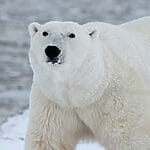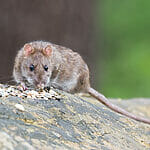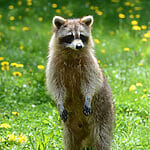When we think of animals, we often take their characteristics into mind. We think of how big they are, how dangerous they are and indeed, how fast they are.
Whilst we may already have an idea of fast animals, we may not always consider the slowest animals, but some of them are amazing and we should start giving them some more thought.
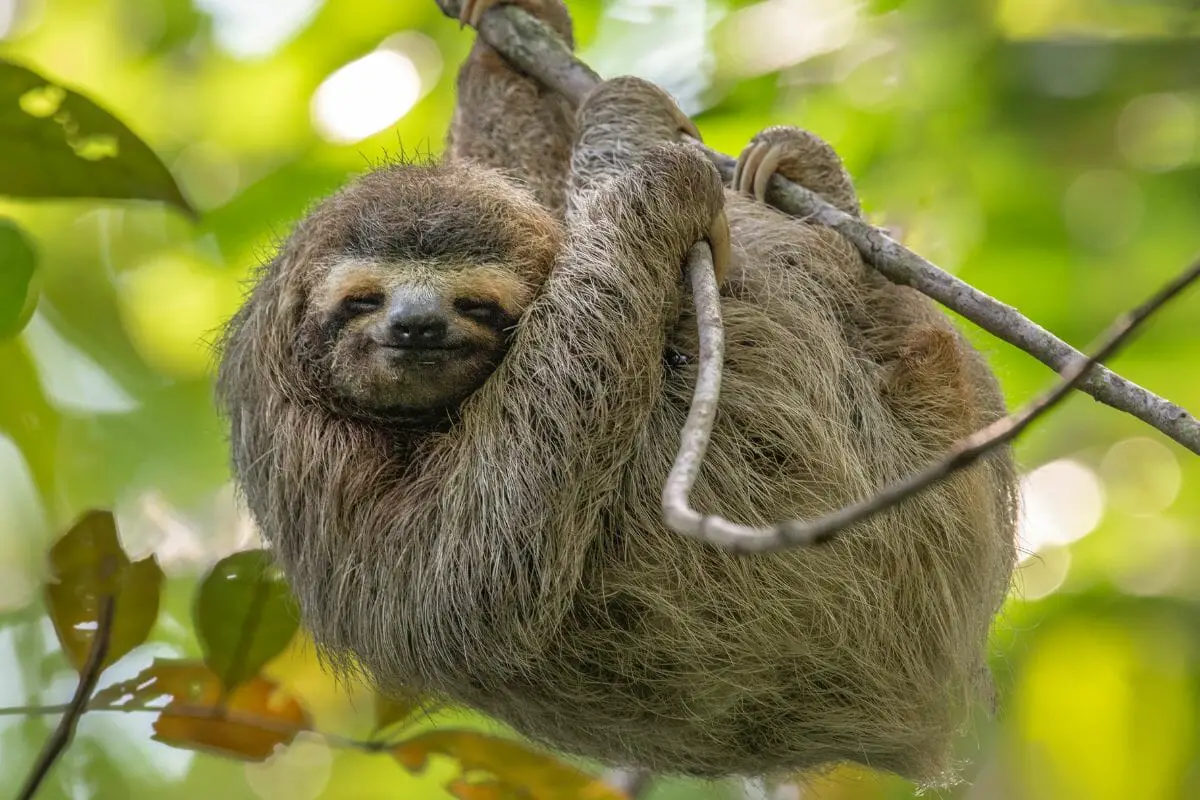
So, we’ve created a list of some of the slow animals on our planet and everything about them.
Read on to know more!
The Sloth
You cannot have a list of slow animals without including the sloth on it. Anytime you’re asking yourself about the slowest animals on the planet, almost automatically you’d think of the sloth!
Their quickest speed is 0.003 miles per hour and they rarely move. In fact, its name literally means lazy and is used to describe lazy or slow behavior.
Sloths (see also: Are Sloths Endangered?) actually move that little that they often have moss or fungus grow on them! The most they will move is to defecate. They’ll eventually move to the bottom of their tree to… do their business and eventually go back!
They have an extremely slow metabolic rate and do not eat too much. However, when they do – they tend to consume twigs or leaves. Due to not having incisors, they slice their chosen food with their razor sharp claws before they eat it.
The Banana Slug
The banana slug, aptly named due to its bright yellow appearance, is incredibly slow as most slugs are. Their top speed is less than 0.2 miles per hour!
They are members of the gastropod mollusc family and do not have shells. Due to their biology, they can live underground for many years in moist and dark conditions.
In fact, their biology and their evolution has made them one of the most survival efficient animals on the planet.
They can eat just about anything and have even been known to consume rotting vegetation, other snails and animal waste products!
The Garden Snail
Snails and slugs are often talked about interchangeably, but snails have a few differences. Most notably, snails have thick shells on their backs.
This shell is likely the cause of their extremely slow speed, but it protects them from other animals and more importantly, it protects them from direct sunlight.
Snails hate direct sunlight, and this is why you’ll likely see them on dark, rainy days or hiding near their food areas – such as vegetable plants or common flowers.
They have been known to hibernate for several years which helps them hide away from the dangers of the sun, and extends their life cycle.
The Koala Bear
The koala bear is an incredibly adorable animal and known for its lack of speed and movement. Despite being called a bear, it is actually a marsupial like a kangaroo or wallaby.
They have very poor eyesight and many researchers believe that they usually have many broken bones frequently. This is due to the fact that they spend most of their time hanging on tree branches, and regularly fall off!
They tend to eat leaves and tree bark, particularly eucalyptus, and do not require to eat too much on a daily basis.
Many places in their native country of Australia allow visitors to hold koala bears for a short time and they’ve been described as being extremely soft – but do have sharp claws!
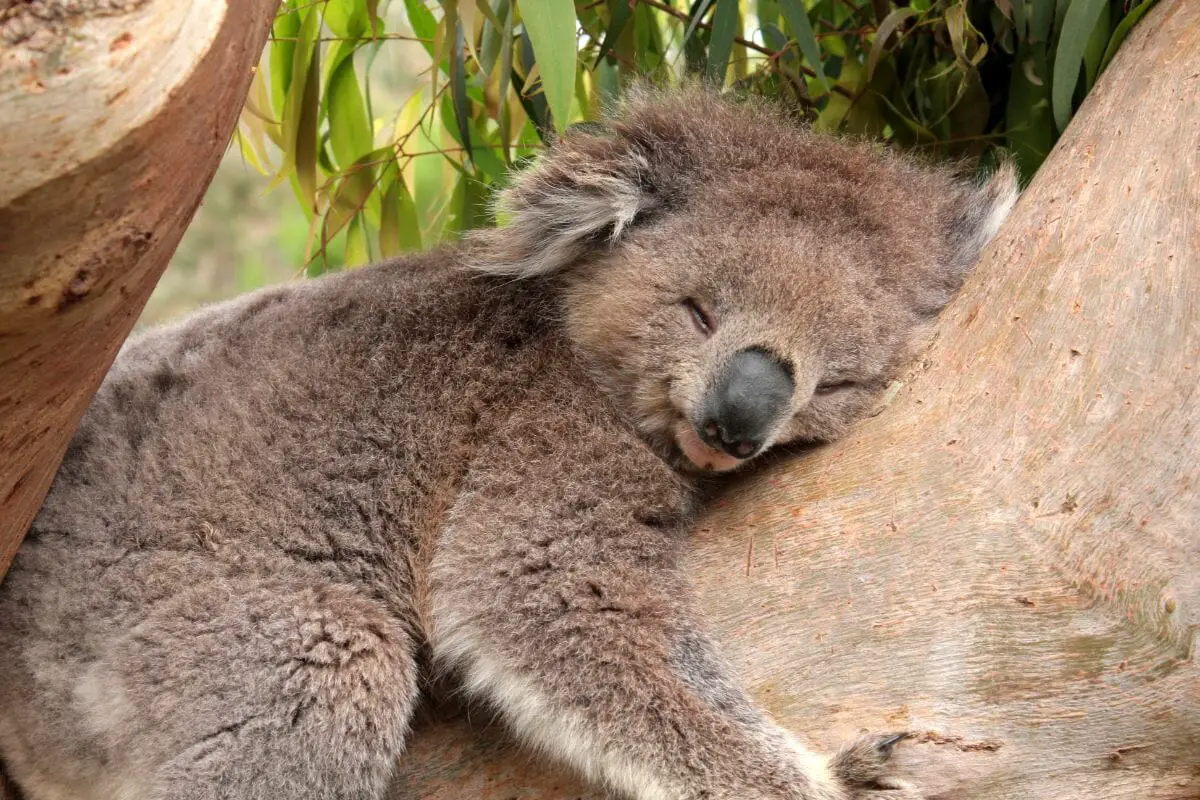
The Starfish
There are over 15,000 different species of starfish and they all have something in common – they all move incredibly slowly!
They move inches in a minute and what makes them incredible is their ability to do things like regenerate their arms if necessary, despite having no blood and no brain!
Their skin is leathery and tough, which keeps them from harm from certain predators and the rough terrain of the ocean.
The Leopard Tortoise
The leopard tortoise does not get its name from its speed, but rather the pattern you can see on its heavy shell. It is patterned in orange and black resembling that of a leopard – but of course, does not move to the speed of a leopard.
It can travel about 0.5 miles per hour at the quickest, and this is being extremely generous. Due to their large shell, they cannot move at speed, but they also do not need to.
Generally, tortoises are vegetarian and will eat a diet heavy of greens and fruits – and strangely, can get slower if they eat too much due to obesity!
The Manatee
The manatee is aptly referred to as the sea cow due to its size – in fact it can weigh up to 3,500 pounds! As you can imagine, this means that they rarely are able to travel at any fast pace.
You may think that due its size and speed, it would be at risk of predators like sharks and whales – now, whilst these animals would probably love to eat a manatee, they do not live in the same waters.
This means that the manatee’s biggest predator is humans. Humans account for the majority of manatee kills and because manatees live in shallow waters, it’s perhaps unsurprising that poachers do this.
Luckily, conservation efforts continue to protect the manatee and their numbers are growing once again.
The Gila Monster
The gila monster is incredibly dangerous and has been described as the most venomous lizard in the world.
They move around half a foot in a second, and it’s likely that their weight plays the biggest role in their inability to move quickly.
Despite this though, humans should be very cautious if they find themselves near a gila monster, and always seek assistance if they get themselves in trouble!
The Bottom Line
Slow animals can be as interesting as fast animals – and hopefully we’ve given you some great examples of this above!




